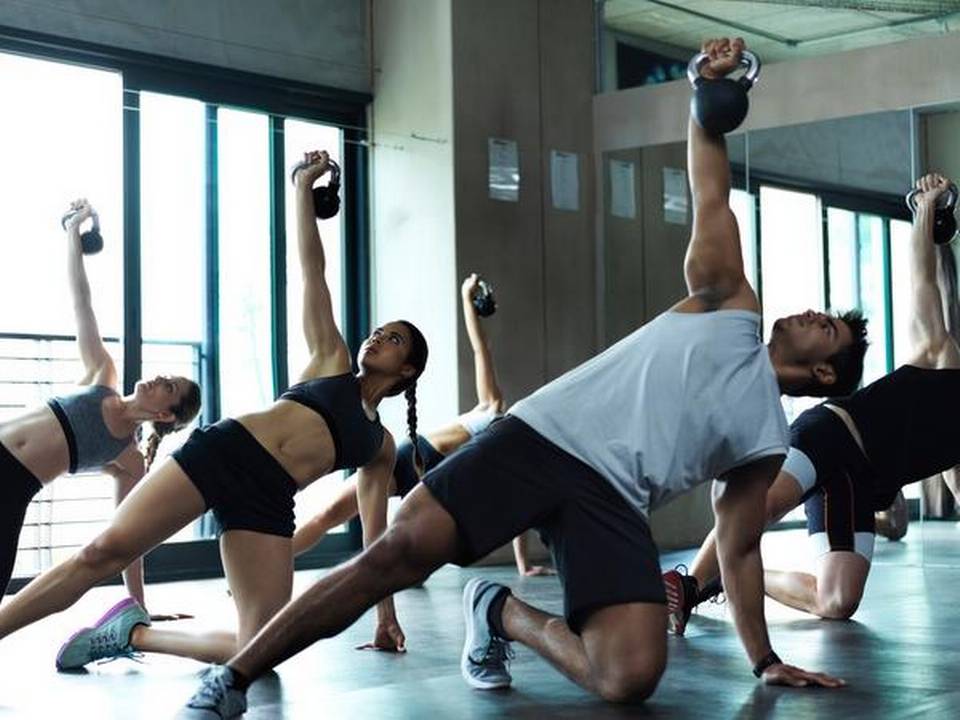The art and science of movement

Think of mindful movement as developing a skill that marries the precision of science with the flow of art
The human body possesses the remarkable ability to move along different directions. The quality of movement, however, depends upon factors such as the strength and flexibility of the body, and how well we are able to balance. Movement can be simple or complex. In each case, it is important that we master the basics first and then develop our ability to graduate to the next level. Our goal should be not just to move, but to move well. And this requires progressive work.
Respect the process
Rome wasn’t built in a day. Even competitive athletes need to undergo sustained training to excel in their sports. You may not be competing, but the point remains that building capacity for anything — be it weight-lifting, endurance-training, or any other activity — is a process, not a one-off attempt.
Each one of us has different strengths and weaknesses. We need to be sensible about factoring these into our training, so that we strengthen the whole body, while correcting or minimising whatever imbalances might exist.
The good news is that there is more than one exercise for each muscle group that allows you to achieve your goals. You don’t have to stick to those that don’t serve you well! You can avoid unnecessary injuries and discomfort, and you should. If you are unable to perform a particular movement, don’t lose heart. There are alternatives.
‘Core’ pitfalls
There are many ‘core exercises’, but are we clear what the ‘core’ really is? It’s not just the stomach muscles. It’s the cylindrical area around the front and back of the centre of the body, consisting of several muscles of the abdomen, back, and sides encapsulated between the diaphragm and the pelvic floor. To build a strong core, all these muscles need to perform well. Doing crunches with a weak or painful back is not such a great plan. However, you can still work on abdominal muscles (while strengthening the back) engaging them differently. Planks and variations in plank position, leg movements (while lying on the back) at angles to generate tension in abdominal muscles (without stressing the lower back), performing tummy tuck exercises, are some great alternatives.
Squat it right
Certain conditions, like flat feet and knee injuries, make it difficult to perform a good squat. There is no point squatting away without addressing the underlying cause first. Instead of strengthening the required muscles, one will only exacerbate existing muscular-skeletal imbalances. Using heel props like a small exercise brick, equipment like TRX bands for better posture, Swiss exercise balls to perform wall squats, chair/bench squats, are just some ways of aiding squats with better form. Focus on form rather than depth of squat. It can be built over time if possible. Those with knee issues should especially be mindful of this.
Treat the upper body right
Work on building muscles of the upper back, shoulders, chest and arms through a proper range of motion. Learn to engage them correctly before lifting heavier weights or performing dynamic lifts. The shoulder is the most mobile joint and easily prone to injuries and chronic pain if abused with poor form of repetitive movements. Choose from different exercises. If trying push-ups, start with the standing-wall version and then progress to floor. Begin with push-ups on all fours, then on the knees and finally the full-body version. Arm positions should be such that there is no shoulder impingement during the movement.
Your body, your buddy
Always listen to your body. It sends warning signals when things aren’t right. Respect these. The body is a complex piece of machinery that needs to be treated with utmost respect. Your choices should serve you sensibly. So should your timelines. Adopt modifications and rehab interventions whenever required, to ensure better movement, superior performance and faster recovery. Remember, everyone needn’t do everything! Aim to move well and gracefully. When you move right, it feels right!
Vani B Pahwa is an ACE-certified Personal Trainer, a certified Cancer Exercise Specialist, a Master Rehab Trainer, a Functional Movement, Barefoot Training Specialist, BarefootRX Rehab Specialist, Foot & Gait Analyst, and a BOSU Personal Trainer. She is also a Mohiniyattam dancer
*************************************
